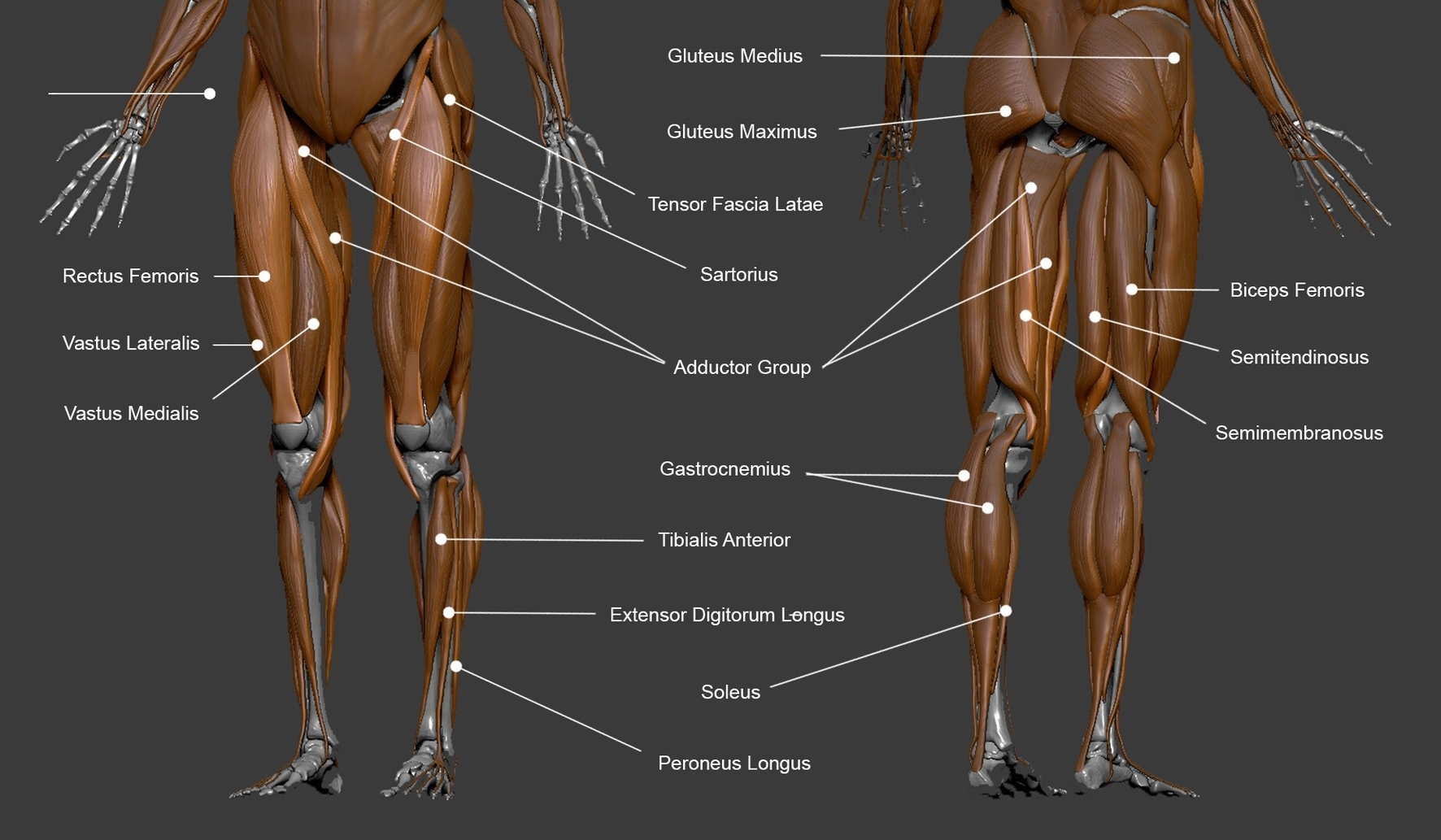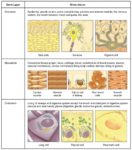The lower leg, anatomically defined as the region of the lower limb below the knee, is a complex structure that plays a crucial role in movements such as walking, running, and jumping. It comprises various muscles organized into three compartments: anterior, posterior, and lateral.
Anterior Compartment
The anterior compartment, located in front of the shin, contains four muscles: the tibialis anterior, extensor digitorum longus, fibularis tertius, and extensor hallucis longus. These muscles primarily produce dorsiflexion of the foot at the ankle joint, an action particularly important for the swing phase of the gait cycle in which the leg is lifted off from the ground. The tibialis anterior also assists in turning the foot inward.
Posterior Compartment
The posterior compartment houses the large muscles known as the calf musclesthe gastrocnemius and soleus. This compartment also contains the plantaris muscle. The gastrocnemius is shorter, thicker, and has two inner and outer attachments. It is the most visible of the calf muscles. The soleus lies underneath. These three muscles attach to the Achilles tendon, and they all aid with plantar flexion.
Lateral Compartment
The lateral compartment is along the outside of the lower leg. It contains the fibularis longus and fibularis brevis muscles. These muscles pull the toes and feet outward. They also help with pointing the foot, or plantar flexion.
Innervation and Blood Supply
The anterior compartment is innervated by the deep fibular nerve, the posterior compartment by the tibial nerve, and the lateral compartment by the superficial fibular nerve. The anterior tibial artery supplies blood to the anterior compartment, while the posterior tibial artery supplies the posterior compartment.
Conclusion
The lower leg muscles are essential for many activities such as walking, running, and dancing. They produce different movements in the ankle and foot that are important for maintaining balance, posture, and facilitating movement. Understanding the anatomy and function of these muscles is crucial for diagnosing and treating conditions that affect the lower leg, such as stress fractures, compartment syndrome, shin splints, and muscle tears.



